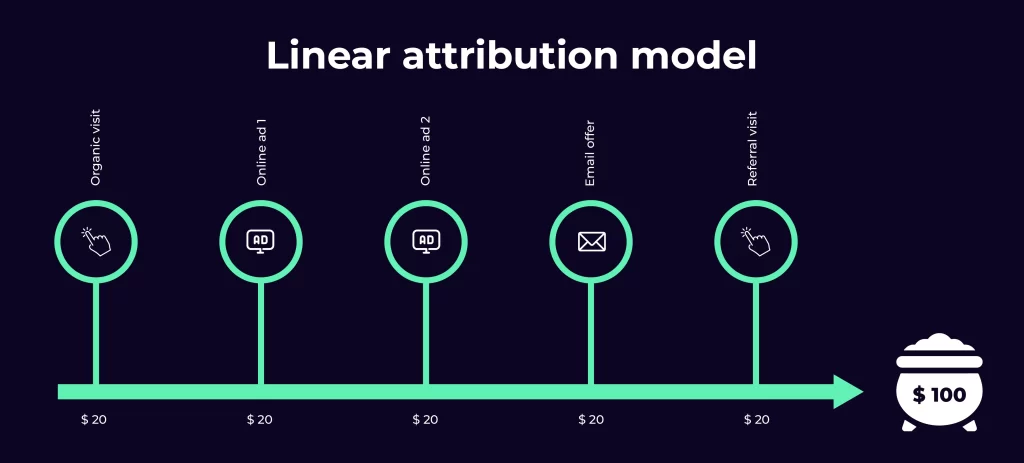Key components of Attribution Modeling in Market Research

Find which tap in your marketing strategy is not working with attribution modeling and channelize them to work more effectively
Practicing different methods and approaches while running campaigns is a vital part of marketing, but to keep an eye on whether these methods are working or not, attribution modeling comes into sight.
Attribution modeling in market research plays a vital role in understanding the contribution of various marketing channels and touchpoints towards achieving marketing goals. By identifying the key components of attribution modeling, businesses can gain valuable insights into customer behavior, optimize marketing strategies, and allocate resources more effectively. In further reading, we will explore the essential components of attribution modeling, including first-click attribution, last-click attribution, time decay attribution, U-shaped attribution, and W-shaped attribution.
Data Collection and Integration
The first step in attribution modeling is collecting and integrating data from multiple sources, including website analytics, advertising platforms, CRM systems, and more. This comprehensive data collection enables marketers to have a holistic view of customer interactions across different channels and touchpoints.
Attribution Models
Credit for a customer’s eventual purchase can be distributed across various marketing channels and touchpoints using attribution models. Let’s explore six common attribution models:
1. First-Click Attribution
This model assigns all the credit for a conversion to the first touchpoint or marketing channel that the customer interacted with. It emphasizes the initial engagement that captured the customer’s attention and triggered their interest. First-click attribution is beneficial for understanding the channels that drive awareness and introduce customers to a brand.
2. Last-Click Attribution
In contrast to first-click attribution, the last-click attribution model assigns all the credit for a conversion to the last touchpoint or marketing channel that directly led to the conversion. It focuses on the final action that prompted the customer to make a purchase or complete a desired goal. Last-click attribution is useful for identifying the channels that have the strongest influence on conversions.
3. Linear Attribution
The linear attribution model assigns equal credit to all touchpoints throughout the customer journey. It acknowledges the contribution of each touchpoint without emphasizing any specific interaction. The linear model provides a fair distribution of credit across all touchpoints. Explained in infographic shown below:
